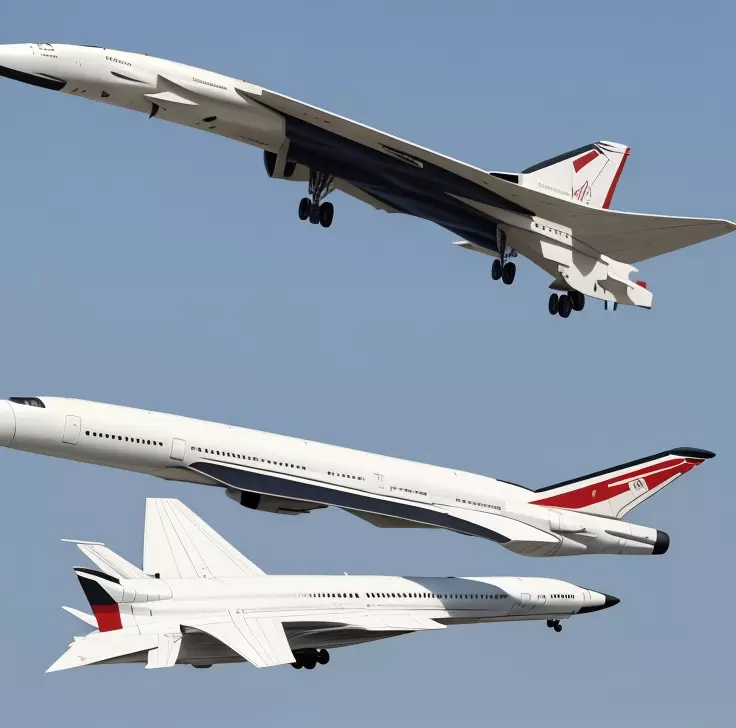The Concorde's Final Flight: The End of an Era in Supersonic Travel
A Farewell to the Iconic Supersonic Jet

On October 24, 2003, the iconic Concorde made its last commercial flight, bringing an end to an era in supersonic air travel. This momentous event marked the conclusion of a pioneering chapter in aviation history and a sad farewell to the world's fastest passenger jet.
Revolutionizing Air Travel
The Concorde, a joint project of British and French engineering, revolutionized air travel when it was first introduced in 1976. It was known for its extraordinary speed, cutting transatlantic flight times in half.
The Concorde Experience
Passengers on the Concorde experienced luxury and speed. They could take off from London and arrive in New York in just over three hours, enjoying gourmet meals and the thrill of breaking the sound barrier.
Challenges and Decline
Despite its glamour, the Concorde faced several challenges, including high operating costs and concerns about noise pollution and environmental impact.
The Crash of Flight 4590
The Concorde's reputation suffered a severe blow when Air France Flight 4590 crashed in July 2000, leading to a temporary suspension of its operations.
The End of an Era
On October 24, 2003, the final commercial flight of the Concorde took place. It marked the end of supersonic passenger travel, leaving aviation enthusiasts and passengers with a sense of nostalgia.
Legacy
The Concorde's legacy lives on in the hearts of those who marveled at its speed and elegance. It serves as a symbol of human innovation and a testament to what is possible in the realm of aviation.
Supersonic Travel Today
Efforts are ongoing to revive supersonic travel, with companies working on the development of new supersonic passenger aircraft.
The Concorde's last commercial flight on October 24, 2003, was a bittersweet moment in aviation history. While it marked the end of an era, it also kindled the hope that supersonic travel may one day return, offering a new generation the thrill of traveling faster than the speed of sound.



